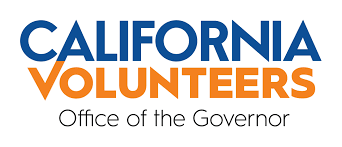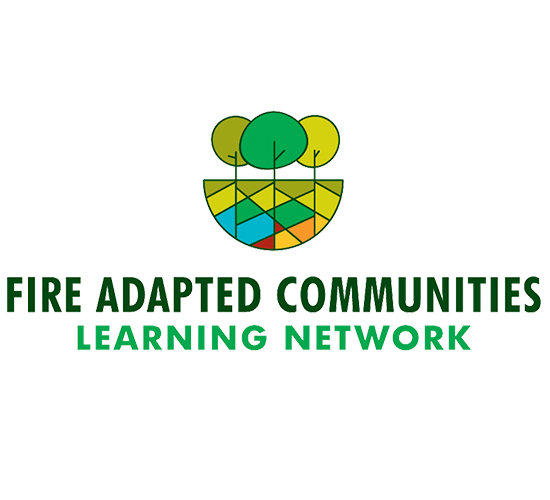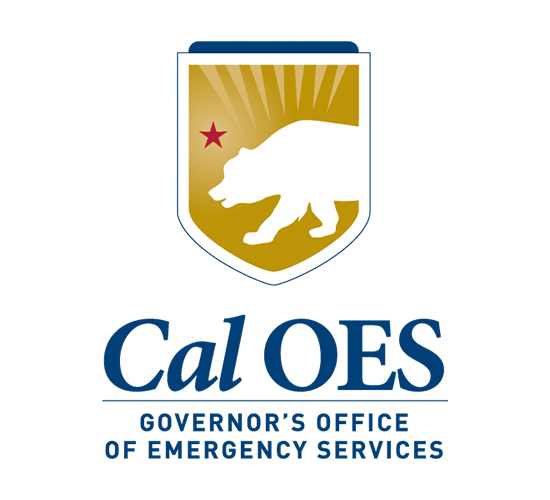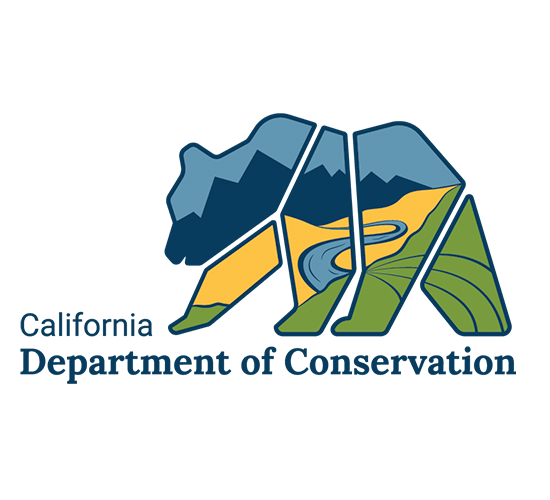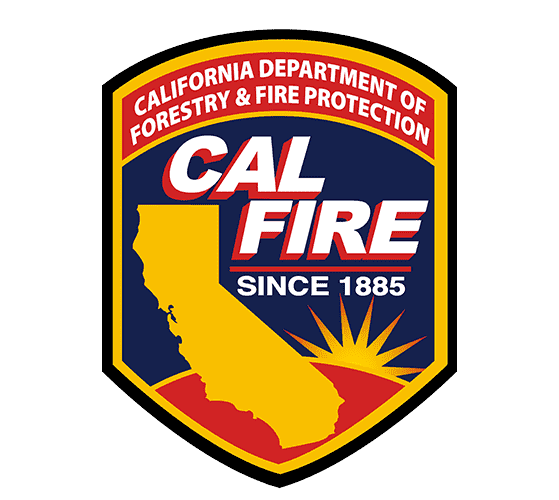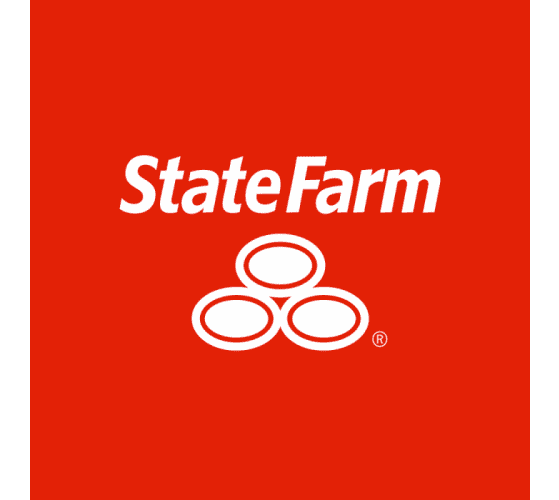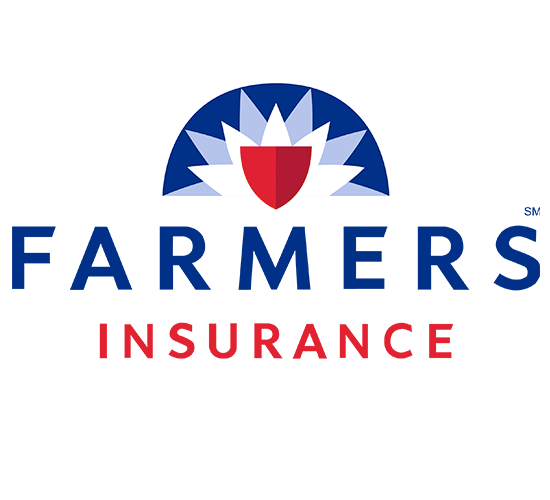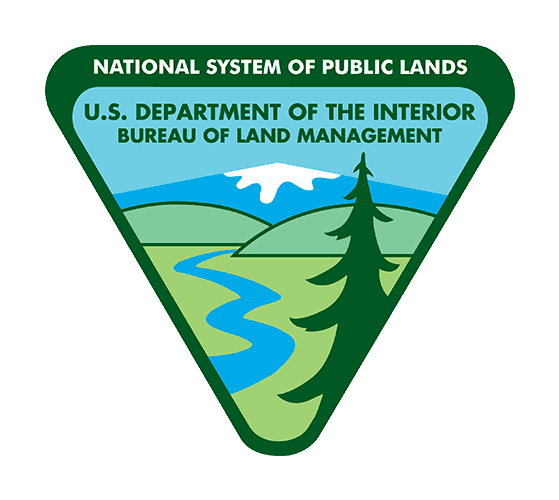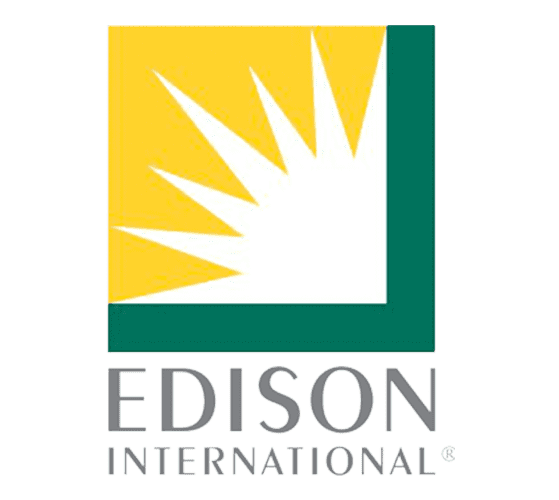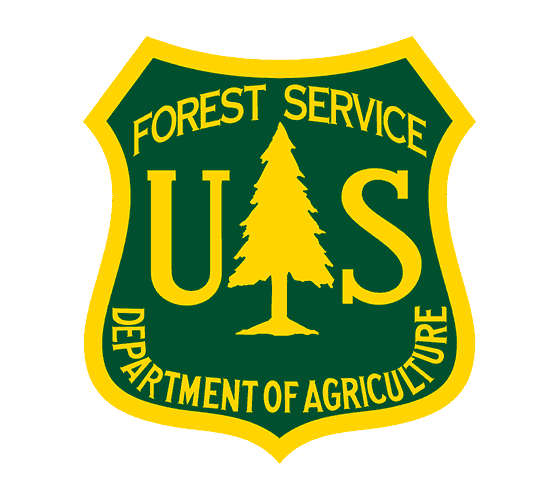Around the world, youth are recognized as playing an important role in reducing the risk of disasters and promoting community resilience. Youth are participating in disaster education programs and carrying home what they learn; their families, in turn, are disseminating knowledge into the community. In addition to making a diff erence today, youth disaster education programs train the adults of tomorrow to be more prepared citizens. As social scientists and education researchers working in wildfi re risk mitigation, we asked: how can wildfi re education programs for youth help develop and support fi readapted human communities? To begin to answer this question, we studied seven wildfi re education programs for youth across the U.S. Programs were based in schools, public agencies, and nongovernmental organizations (NGOs). In a series of interviews, we sought information that would enable us to describe and analyze (1) the program’s characteristics and the local resources to support it, (2) ways in which the program increased knowledge and awareness of wildfi re, promoted more realistic risk perceptions, and improved wildfi re preparedness for youth and their families, and (3) ways in which the program contributed to the local community becoming more adapted to fi re. We found that the extent to which the programs were integrated into local wildfi re planning and management eff orts varied, as did their eff ectiveness in reaching community members and homeowners. In this report we present fi ndings from one case study—the Wildfi re in the Foothills program in Butte County, California.
L
o
a
d
i
n
g
.
.
.
